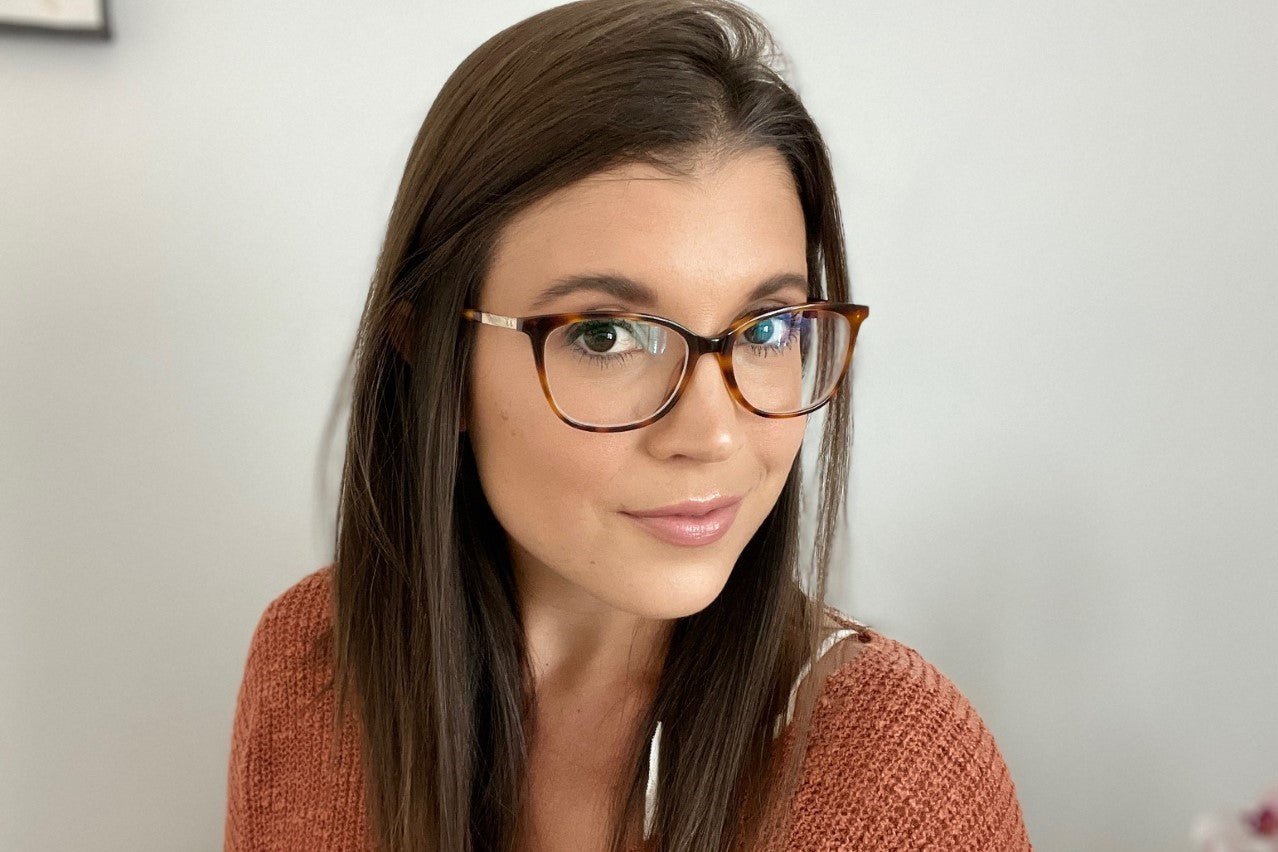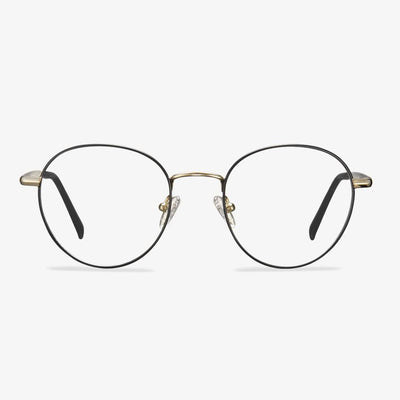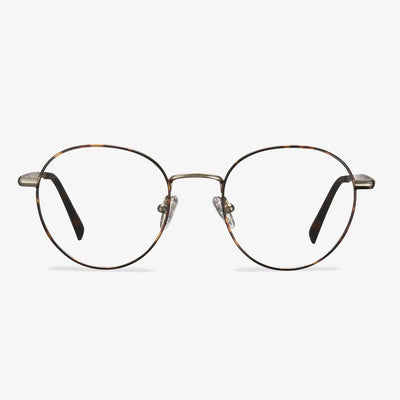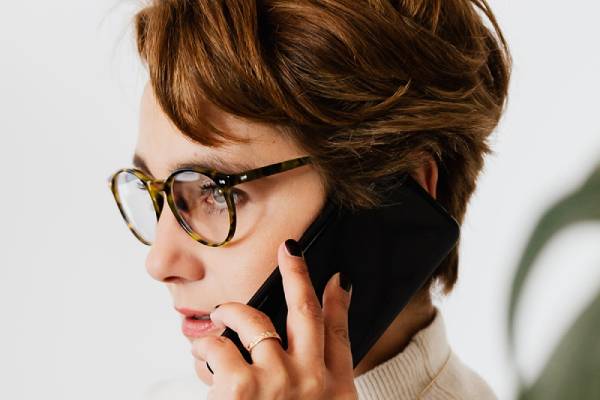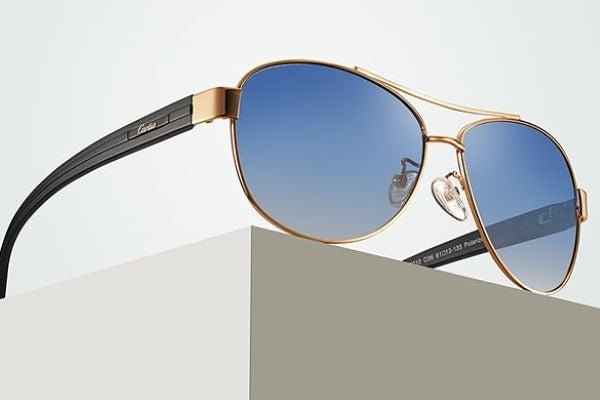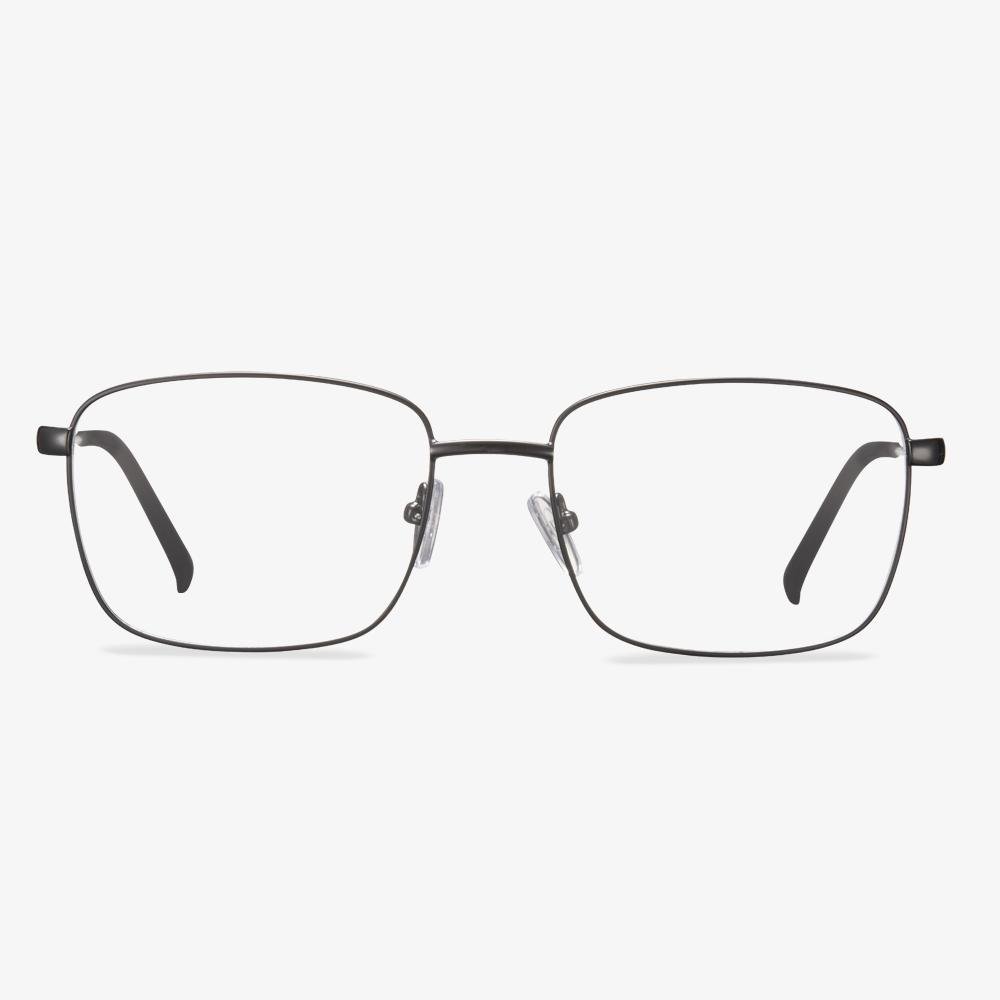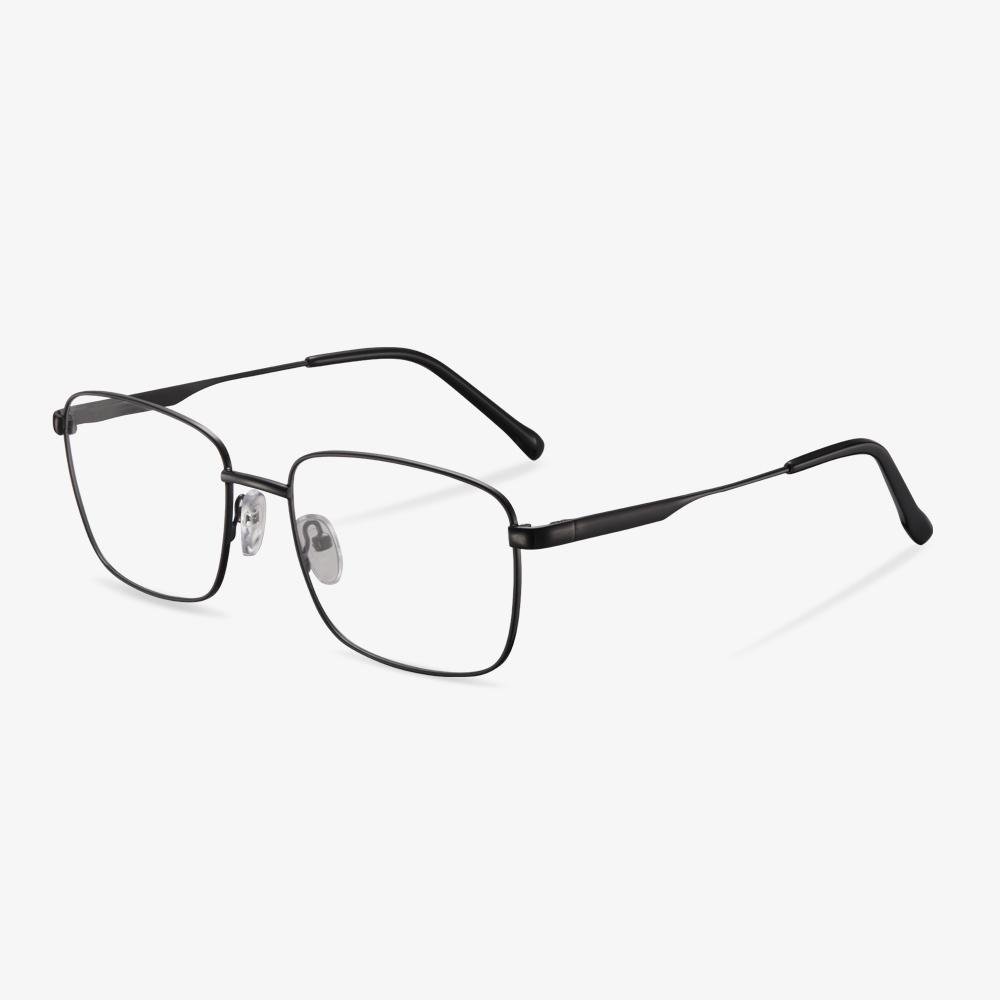Choose blue light blocking glasses with guaranteed quality.
Because blue glasses is a kind of special care, which requires quality assurance. Wearing the unqualified glasses for a long time not only failed to protect his eyes against the blue glasses but can also lead to decreased vision. In severe cases, physical disorders can occur, causing dizziness, headache, and so on. So choose a big brand, guaranteed blue light blocking glasses, which can truly protect your eyes.
The Acetate Spectacle Frame
The sheet spectacle frame is made of a high-tech plastic memory sheet. The current sheet material is mostly acetate fiber, and a few high-end frames are propionate fiber. The acetate fiberboard is divided into injection molding type and pressing and polishing type. The injection molding type is made by pouring in a mold. The plate frame is also suitable for people with a high number of heights because the frame is larger and can withstand a high number of lenses.
Types of Single Vision Lenses
Single vision lenses come in several different types including the 1.59 polycarbonate single vision, 1.57 mid-index single vision and polarized single vision.
1.59 polycarbonate single vision lenses are characterized by their durability and impact resistance. They often include an anti-scratch coating or anti-reflective coating. This lens is much lighter and thinner than a traditional plastic lens, and it blocks the sun’s harmful UV, offering maximum UV protection.
1.57 mid-index single vision lenses are thinner than regular plastic and moderately lighter and stronger. They come with an anti-scratch coating or anti-reflective coating. These lenses are an ideal option for people with relatively higher prescriptions. But they are thicker than the polycarbonate lenses.
Polarized single vision lenses are sunglasses that protect your eyes from light that bounces off smooth, highly reflective surfaces like asphalt, snow, and water. These lenses work by controlling certain light properties and limiting specific wavelengths. They boast a vertical filter that does not allow horizontal glare to pass through.
Advantages of progressive lenses
1. The appearance of the lens is like a single vision lens, and the dividing line of the degree change cannot be seen. Not only is the appearance beautiful, but more importantly, it protects the age privacy of the wearer. There is no need to worry about leaking the age secret due to wearing glasses.(https://www.koalaeye.com/collections/progressive-glasses)
2. Since the change of lens power is gradual, there will be no image jump. It is comfortable to wear and easy to adapt.
3. Because the degree is gradual, the replacement of the adjustment effect is gradually increased according to the shortening of the short distance. There is no adjustment fluctuation, and it is not easy to cause visual fatigue.
4. Clear vision can be obtained at all distances in the visual range. A pair of glasses meet the use of long-distance, near use, and various distances in between. It is especially good for teachers, doctors, music workers, and computer operators because these people not only need to see far and near objects clearly, but most of the time they also need to be able to see objects at intermediate distances such as blackboards, piano scores, and computer screens. This is not possible with lenses other than progressive lenses.
5. At present, both internal and external ophthalmologists agree that young people should wear low-degree convex lenses when reading and writing to reduce near-use adjustment, thereby alleviating or preventing the occurrence and development of myopia. This gives the progressive multifocal lens a new meaning and mission. Physiology found that excessive use of the eyeball adjustment function can form 'accommodative spasm' or pseudo myopia. Continued development can produce longitudinal eye axis elongation and induce 'true myopia' or axial myopia. The external luminosity of the progressive lens can be artificially added to the progressive luminosity. The upper is used for looking far, and the below is used for looking near, which makes the eyeball relax and over-adjust. The ever-changing luminosity of the lens replaces the 'accommodative power' that should have been activated, blocking the vicious circle of adjusting the eye axis elongation, making the eye not easy to fatigue, and slowing the development of myopia.
How to Choose Glasses for Long Face?
Bold shapes and eyeglasses with decorative details are also a smart choice since they help draw attention to your eyes and can add width to your face. Be sure to avoid narrow or rectangular shapes, which can make your face appear longer.
Square glasses: if you have a long face, you can try square glasses whose sharper corners can help to balance out the length of your face and complement your narrow features. Choose frames that are slightly wider than your cheekbones to make your face appear broader.
Two-toned glasses: if you have a long face shape, the two-toned glasses would be a good choice. The color-top frames create an optical illusion that draws focus upward toward your eyes rather than to the length of your face.
Look at the quality of the frame.
Put the glasses flat in front of your eyes, and see if the color of the temples is different in-depth or light under the same light intensity. Sometimes, due to the mistakes in processing, the color asymmetry of the left and right temples will appear.Technology is the quality assurance of the frame, and a frame of fine technology is often reflected in the details.Pay more attention to the welding point near the metal frame to see if there are cracks.
The thermal effect during welding changes the stress structure of the material, or the weld defect, material fatigue, and so on will make it easy to fracture.Attention should be paid to see if the two sides of the stipules of the lens frame are symmetrical and if the fixation is safe.
What are night driving glasses?
Night driving glasses are usually non-prescription glasses with yellow lenses and can be bought in many optical stores or online. Lenses range in color from light yellow to amber, and some night driving glasses have an anti-reflective coating. The yellow night driving glasses have been manufactured and sold for decades. They were originally sold to hunters as shooting glasses because they gave birds a sharper contrast to the sky on overcast or overcast days.
















